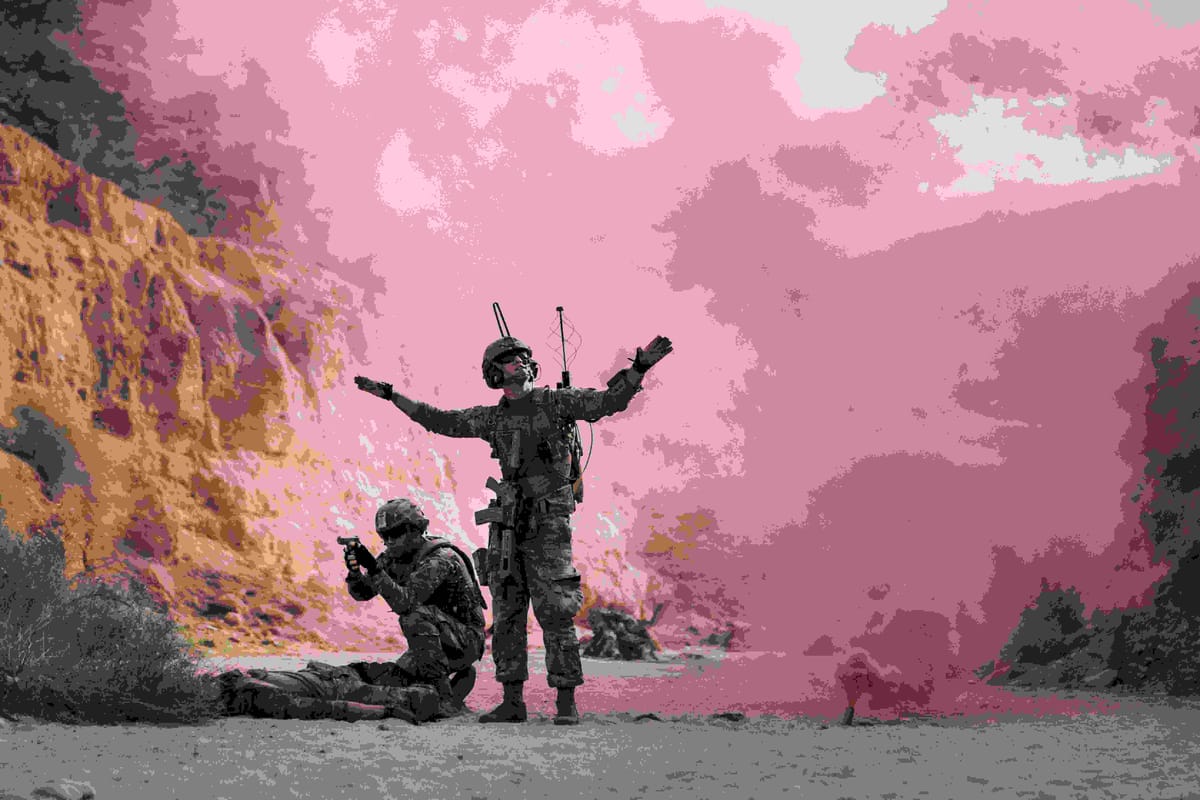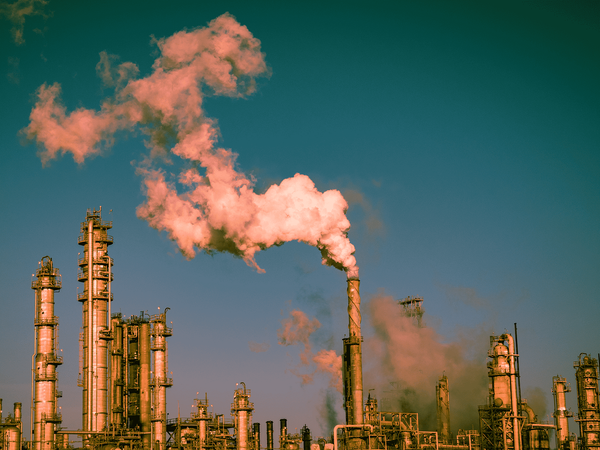War: The triple threat to Economy, Lives, Planet

Wars mean destruction to the economy, human lives, and severe impacts on the planet. As the war begins, history has spoken and continues to speak on different occasions, be it Ukraine-Russian, Syrian, or Afghanistan— hundreds of thousands of people are killed or displaced.
The destruction of humans and the country itself is one part, but war also results in significant environmental destruction— a form of damage that receives less attention but represents long-term negative consequences on citizens, the economy, and peace, and therefore, must be a priority to any post-conflict relief or reconstruction effort.
Russia-Ukraine’s war effect
The Russia-Ukraine conflict has shown growing concern over military emissions, which has directly affected the world's emission path to reach net-zero. The weapons, planes, tanks, and vehicles that cost billions of dollars have additionally become an environmental burden.
Energy usage for military operations and producing missiles also play a significant role in increasing greenhouse gas emissions. More serious issues arise due to the extensive use of tanks, convoys, and jet fuels. These war machines release the spewing clouds of carbon into the atmosphere.
Ukraine has been a victim of environmental challenges, including air pollution, land degradation, solid waste management, biodiversity loss, human health, and climate change for a long time. The conflict has made things even worse. Just on the first day of the invasion, the Chernobyl area's gamma radiation was approximately 28 times the yearly limit. The currently running nuclear power plants, such as Zaporizhzhia, if destroyed, may initiate the leakage of nuclear waste.
Russia has the largest forest, and it has been working as a carbon sink at an unprecedented rate. With the global rise in temperature, the permafrost is melting and releasing methane gas. However, the conflict has halted the monitoring of the carbon emission from this region, which is expected to cause serious issues of greenhouse gas emissions in the future.
“Rather than pressing the brakes, nations should push the pedal to the metal in the direction of a future powered by renewable energy.” —U.N. Secretary-General Antonio Guterres
While humans are sacrificed and cities are destroyed, CO2 is being added into the atmosphere. The rest of the world, who are following the invasion from the comfort of their TV screen, must show urgency to think about shifting focus to renewable energy.
Read: We May Not Meet The Climate Target!
Climate war statistics
Conflict makes it harder for nations to adapt to climate change goals. The countries have other priorities to deal with, although while they direct themselves to those priorities, climate change is being weaponized only to destruct the world sooner or later.
Looking at some previous statistics, in the Gulf War in 1991, the fire and the extensive use of oils resulted in about 2-3% of global CO2 emissions that year. War in Syria resulted in a crisis of artisanal oil refining, which led to the practice of the use of highly polluting energy resources. Widespread poisoning in Iraq elevated the rate of cancer and crippling birth defect.
For decades, militaries all around the world have been concerned that a worsening climate disaster will be the primary cause of upcoming conflict. NATO calls on its members to achieve climate neutrality by 2050. For the U.S., around 23.5 thousand kilotons of CO2 were released by the war machines alone in 2017. If the U.S. military were a nation, it would rank 47th globally in terms of emissions. The UK's military alone reported 11 million tons of CO2 emissions in 2018.
How war destroys the environment?
Explosive weapons: The use of explosive weapons results in structural damage that creates rubble and debris, contributing to environmental pollution. Land mines and other explosive remnants of war can restrict access to agricultural land and pollute soils and water sources with metals and toxic energetic materials. Modern explosive weapons directly destroy wildlife and biodiversity and possibly can wipe them out in the long term.
Oil usage and spoils: Extensive use of fossil fuels is needed to run war machines, which, in addition to carbon release into the atmosphere, can result in oil spills. This causes soil and groundwater pollution that directly and indirectly reaches human health destruction.
Industrial destruction: Destruction of environment-sensitive infrastructures, such as water treatment plants, oil refineries, natural gas plants, hydropower plants, and many more affects economically as well as forces countries to choose an alternative quick solution that may not be ideal. For example, as Russian gas has made a turbulent supply in recent days, many European countries that are heavily dependent on Russian gas are quickly moving to coal temporarily.
Natural habitat destruction: Destruction of forests and agricultural farms destructs habitats and increases the release of CO2 into the atmosphere. During the Iran-Iraq war, people in Fao, south of Basra, Iraq, attribute their water shortages and agricultural difficulties to the date palms that were cut down for military objectives. According to this research, a protracted civil war caused the Gorongosa National Park in Mozambique to lose 95% of its biodiversity. More than 5 million acres of forest and 500,000 acres of agriculture were devastated during the Vietnam War.
Weapon toxicity: The use of nuclear weapons and such toxic weapons releases toxic gases as war leaves behind poisonous materials in large quantities, dead fauna, and a fume-filled atmosphere. The bombardments result in the degradation of vegetation and habitat and ultimately air pollution from all the destruction.
Human displacement: Human displacement also leaves a large environmental footprint, particularly in places where there are no facilities for sanitation and water. Improper waste management and waste segregation increase. As a result, humans destroy the ecosystem and cut down trees in an unauthorized manner, and there is more competition for scarce resources, such as food and water.
Read: A Step Back To Secure Energy
Future of world's green ambition
War affects not only locally but globally. For example, the current Russia-Ukraine conflict has resulted in inflation, a shortage of food, and an energy crisis, especially in Europe.
Read: 'Green' Gas And Nuclear Could Divide The EU
Climate activists are concerned about the near future since the focus that should have been on climate emergencies has been shifted to the ongoing conflict. In Russia, the war has enormously shrunk its economy, which is expected to decline further in the coming months. However, those businesses that survive won't be able to reduce carbon emissions quickly and will impact the country’s ambition to reach net-zero.
War discloses dead, dashed hopes, devastated towns, depleted nature, and eventually global climate crisis. However, the hope is, that the world has found additional reasons to speed up the shift toward renewable energy in a long term, which somehow aligns with the world’s green ambition.
Read: The Rise Of Renewable Energies
Read: What Is Germany's Alternative To Russian Gas?
Summary
- Wars destroy the economy, human lives, and the planet
- The Russia-Ukraine conflict has drawn the world’s attention
- Cities destroyed have added additional CO2 to the atmosphere
- War tanks, weapons, and producing missiles excessively contribute to the emission of greenhouse gas



